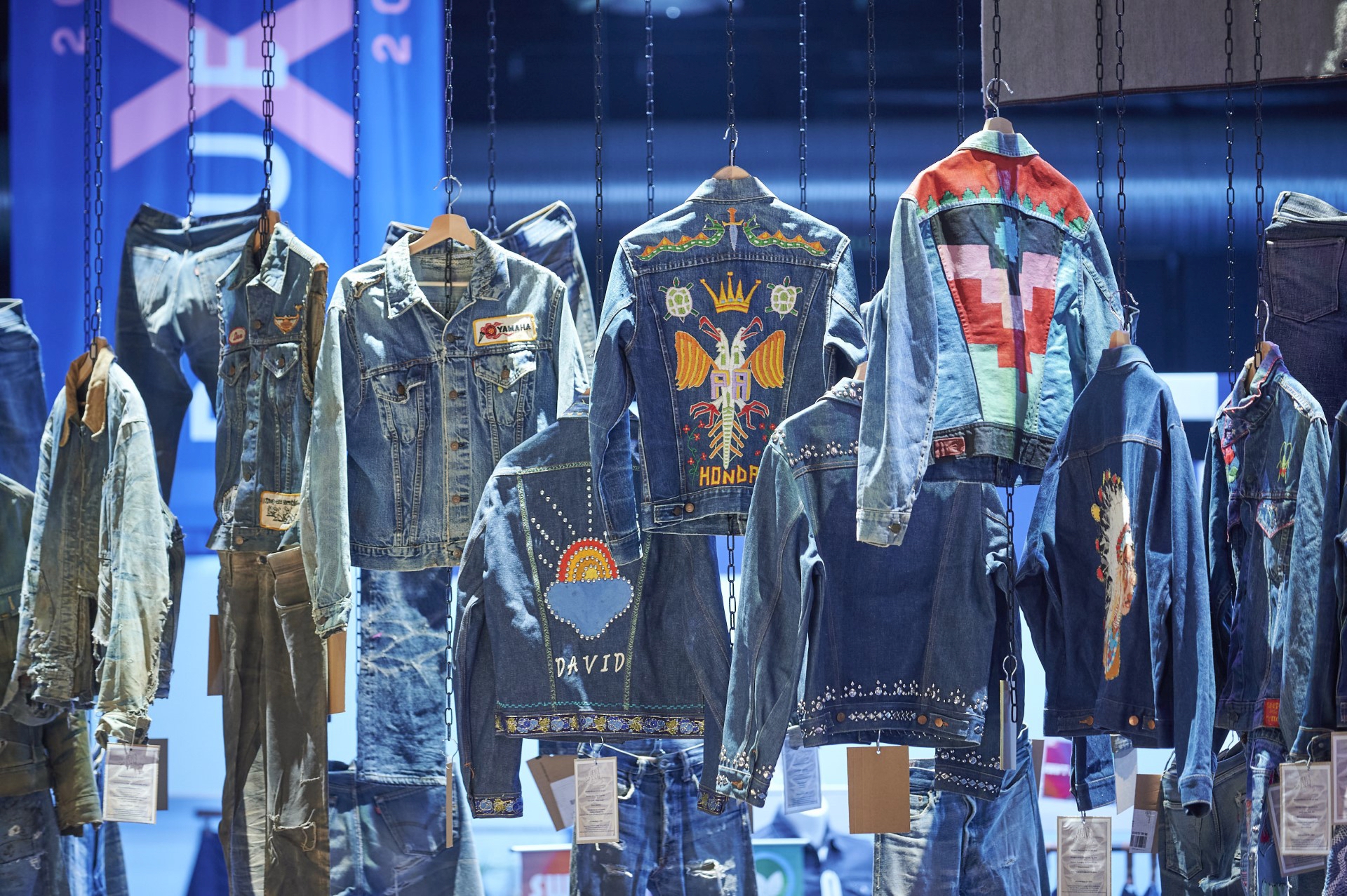The history of American denim
For decades, jeans have been unabated popular. Every person with a little interest in fashion has at least one pair of jeans in their closet. The history starts in America, but the name, Jeans, refers to the French word for Genoa, Italy, which is Gênes. In this article, we will travel though time and delve into the history of American denim.
The origin
One of the first references to denim in the USA was seen in 1789. In that year, a newspaper (from Rhode Island) reported on the local production of the denim fabric. But before that moment there was already a ‘denimish’ kind of fabric called ‘Serge de Nîmes’. This twill fabric was a combination of silk and wool and was already being used to make all sorts of clothes in the Côte d’Azur in France. The word ‘Denim’ derives from the ‘Serge de Nîmes’ fabric.
At the same time, in Genoa, Italy, there was a fabric called ‘jean’. This fabric, a cotton, linen and wool blend, was named after the French name of Genoa, which was Gênes.
From that moment on, the fabric evolved and by the time we reached the 19th century, the jean / denim fabric was completely made of cotton. The fabric was revolutionary due to its strength and durability even after many washes.

Photo credit: Levi’s Strauss & co
Working pants
During the gold rush in the 1870’s, there were a lot of mineworkers and railroad workers in the USA looking for gold. Because of the rough activities they needed strong and durable workwear. At that time, Jacob W. Davis was a tailor who made tents, horse blankets and wagon covers. For his products David used heavy duty cotton ‘Duck’ and heavy duty cotton ‘Denim’. The denim he used to produce his goods, he bought from Levi Strauss & Co. from San Francisco.
In December of 1870, a wife of a local lumberjack came to him and ordered a pair of jeans for her husband who was too large for ready-to-wear jeans. Her request was for him to design a pair of pants as strong as possible. To meet this special demand, Jacob W. Davis used the copper rivets he already used for tents and wagon covers, to reinforce the canvas jeans to prevent them from tearing.
These reinforced pants became very popular among the workers; in fact, the pants were an instant success. Most of the 200 pairs he made in the next 18 months were made of canvas, but some were already made of denim. Davis began to fear that someone would steal his idea and he decided to patent this invention. Unfortunately, Davis hadn’t enough money to pay $68 for the patent application. Davis reached out to Levi Strauss, and together they filed the patent. On May 20th in 1873, the patent was granted in the name of Jacob W. Davis and Levi Strauss and Company. May 20, 1873 is now considered to be the official birthday of the blue jeans.
Davis started working for Levi Strauss and Company, and moved to San Francisco. During that year, the second patent for the famous double orange stitched back pocket arcuate were filled in by Davis to distinguish the blue jeans from its competitors.
Blue jeans
In the late 1890’s the first Levi’s 501 jeans was made. It was introduced as functional work pants, but it evolved into one of the most iconic items in fashion. Over the years the jeans with the two reinforced front pockets, cinch back and one back pocket evolved in order to stay relevant for that time into the ‘new’ 1922-model of the 501. The cinch back made place for belt loops and a second back pocket to introduce the five-pocket jeans, like we still know nowadays. The 1922-model was also the first model made from Cone Mills’ denim.
Besides Levi’s there were several other brands who started to develop blue jeans around 1900. Brands such as Lee and Wrangler share the rich history of blue jeans and the survived iconic moments over the last century. Over the years, jeans have been identified with the American Culture and became a fashion statement that spread around the world.

Photo credit: Cone Denim Mills
Cone Denim Mills
Cone Denim LLC. was founded in 1891 in North Carolina and created out of the entrepreneurial spirit of Moses and Ceasar Cone and grounded into the American heritage. The Cone Mills have been of great influence during the evolution of jeans in the USA. Since 1915 they have been the fabric supplier to most of the (upcoming) denim brands, among which, Levi’s. It was Cone Denim who developed the fabric which brought Levi’s their enormous popularity.
One of the showpieces of Cone Mills is the ‘White Oak’ fabric. This fabric is still woven on vintage American shuttle looms on the original wooden floor. The slower production rate and lack of modern microprocessor controls on these antique looms, combined with the rocking motion of the original wooden floors the looms sit on, weave’s a unique character into the fabric which cannot be replicated on a modern loom.
Today, Cone Mills is still up and running and brands like, Tellason, Freenoth Cloth and Noble Denim are using their fabric for their jeans. Since a year, Cone mills gives you the opportunity to buy their fabrics yourself, check it out on their webstore.
Header Photo credit: Cone Denim Mills
 Share
Share
 Tweet
Tweet



